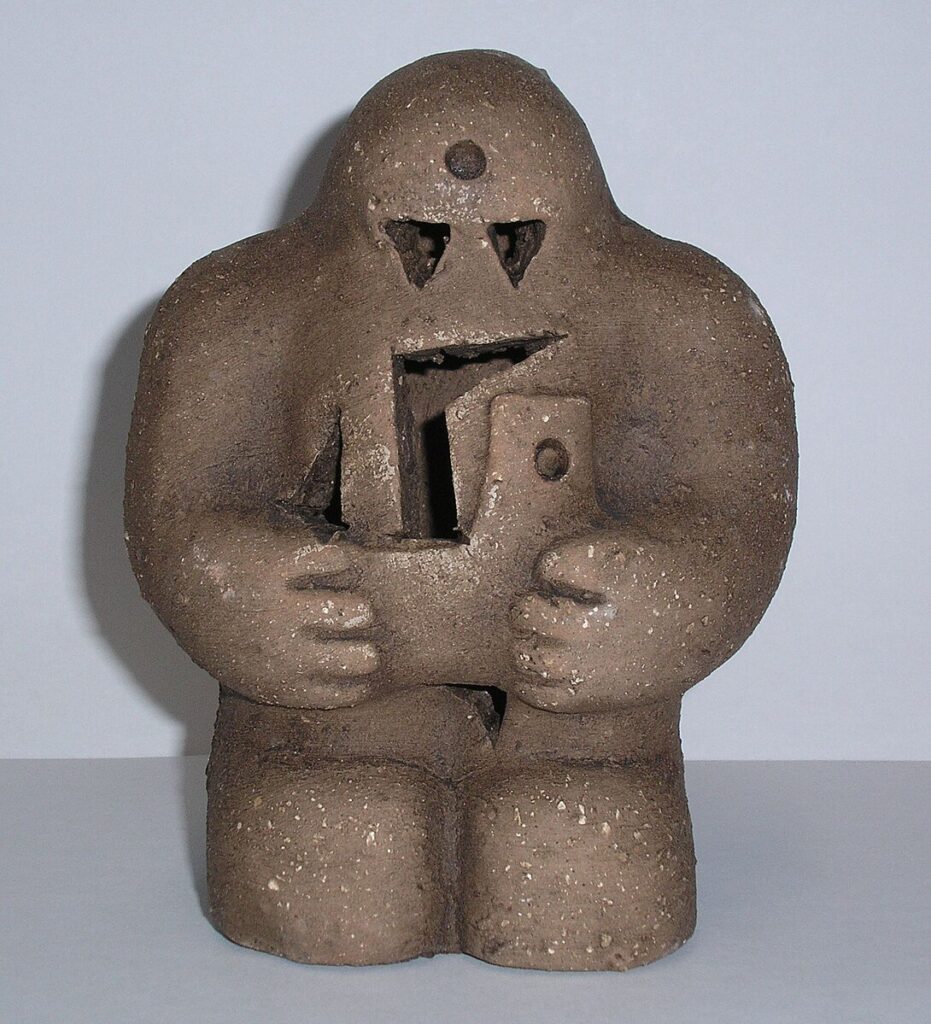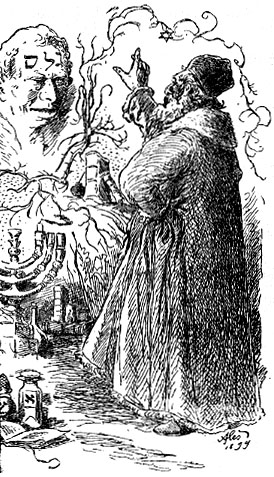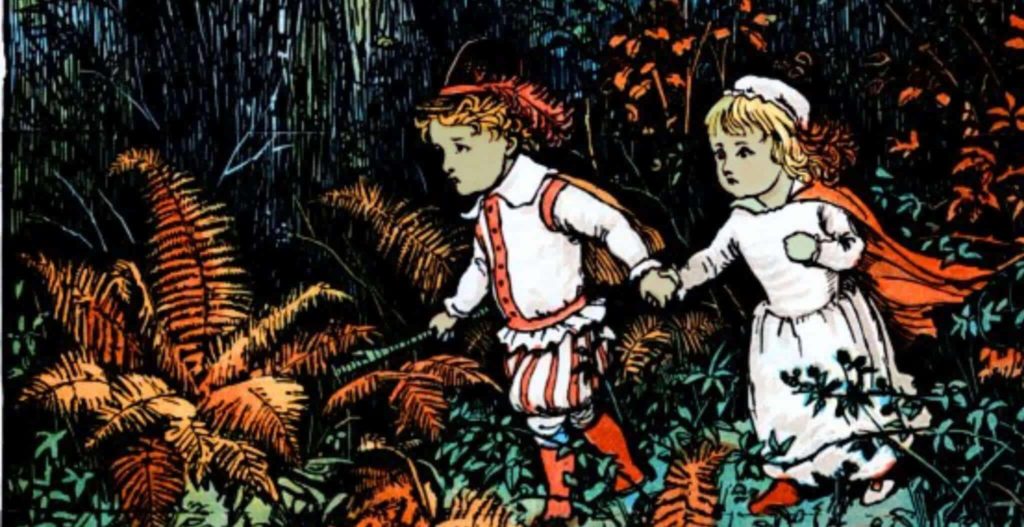Golems have become ubiquitous figures in modern folklore, featured everywhere from Discworld novels to the world of Minecraft. But where did they come from?
The English word comes from the Hebrew golem meaning “shapeless mass”. The word ‘golem’ is used once in the bible, and English versions translate it in various ways; it’s most often understood to mean “unformed body” in the sense of an embryo from the time of conception.
In the Middle Ages, golems emerged through Jewish folklore as anthropomorphic creatures molded from clay and animated with magic.
The story of golems has endured ever since, passed on through literature and films to arrive in cultural mainstays such as Dungeons and Dragons and popular television shows.

In the Beginning
In the Talmud, the central text of Jewish theology that originated in oral traditions, the first human is described as a golem. God formed Adam out of dust gathered from around the world, and after his form was defined, “a soul was cast into him”.
Golems – as in anthropomorphic figures created by men – appear in Jewish oral tradition around the eleventh century.
In some old stories, golems were formed from soil. The creator would then walk or dance around the form, chanting letters and calling upon God by name. To kill the creature, they had to walk in the opposite direction and recite the incantation backwards.
In other stories, the process was as simple as feeding the golem a piece of parchment that held the name of God. To kill the golem, one need simply remove the name.
Like Adam, golems are created from earth. But because they are created by humans rather than by God Almighty, they can never be fully human. Traditionally, golems were incapable of human speech.
The 11th century poet and philosopher Solomon ben Judah was said to have created a golem to serve his household.
The 12th century philosopher Samuel ben Kalonymus he-Hasid of Speyer was also said to have created a golem, a mute servant that accompanied him on his travels throughout France and Spain.
Golems became a staple of Jewish mysticism. Almost always, they were animated through the power of the word: either the holy name of God written and fed into the clay figure’s mouth, or the Hebrew word for ‘truth’ written upon its head. By removing the first letter, emét could be changed to mét, the word for death, and the golem would be deactivated.
Stories of golems endured and evolved over the centuries. In the 17th century, the rabbi Joseph Delmedigo wrote of golems, “many legends of this sort are current, particularly in Germany.”
The Golem of Chelm
Also in the 17th century, multiple authors recorded the longstanding belief that Rabbi Elijah (1550–1583) had succeeded in creating a golem.
Elijah bar Aaron Judah Baal Shem was the chief rabbi of Chelm, a city in Poland.
According to local tradition, the chief rabbi created the golem from clay and animated it with his miraculous powers. On market days, the golem stood guard with an ax in his hand. If any man threatened a member of the Jewish community, the golem would cut that man down.
Between market days, the golem served the rabbi and his wife. It also labored in the Beit Hamidrash, a place of study.
When the golem grew so powerful that the rabbi himself began to fear it, he led the golem to the attic and there erased the letter aleph. It transformed the magic word truth into death and thereby reducing the golem to dust.
In some versions of the legend, Rabbi Elijah was crushed to death beneath a mountain of dust as the golem disintegrated. In others, he escaped with only a scratch given to him by the creature in its last, desperate moment of life.
In another version of the story, the creature escapes. It’s often speculated that these old stories inspired Mary Shelley’s Frankenstein; or, The Modern Prometheus.
Rabbi Elijah’s grandson Jacob Emden wrote:
When the Gaon saw that the Golem was growing larger and larger, he feared that the Golem would destroy the universe. He then removed the Holy Name that was embedded on his forehead, thus causing him to disintegrate and return to dust. Nonetheless, while he was engaged in extracting the Holy Name from him, the Golem injured him, scarring him on the face.
Jacob Emden
The rabbi’s grandsons fully believed in the old tale and often questioned the philosophical implications: What was the legal status of a golem? Could it be counted as one of the ten men required for a minyan?
No, they concluded, because the golem was never fully human.
The Golem of Prague
Judah Loew ben Bezalel was also said to have created a golem to protect his people from pogroms and other antisemitic attacks.
Rabbi Loew was born in Poland (then a part of the Holy Roman Empire) in the early 16th century. He lived to be quite old.
For most of his life, he served as a rabbi in Moravia and Bohemia, two regions of the Czech Republic that were known at that time as the Lands of the Bohemian Crown. He returned to Prague shortly before his death.

The earliest known source of the legend relating this famous scholar to a golem is a German book published in 1834.
According to tradition, the golem could be called upon in times of crisis. Its name was Josef, and it had the power to summon spirits of the dead. It could also turn itself invisible.
In many versions of the old tale, the golem became fixated on a young woman and turned violent when she rejected it. This made it necessary for the Rabbi to pull the shem from his mouth and rescind the gift of life. Like its predecessor, it was locked in the attic.
The golem remains a popular myth in the Czech Republic, thanks in part to Gustav Meyrink’s 1915 novel The Golem. In the novel, the golem is an emblem of the Jewish ghetto, manifested by the centuries of suffering endured by its inhabitants.

